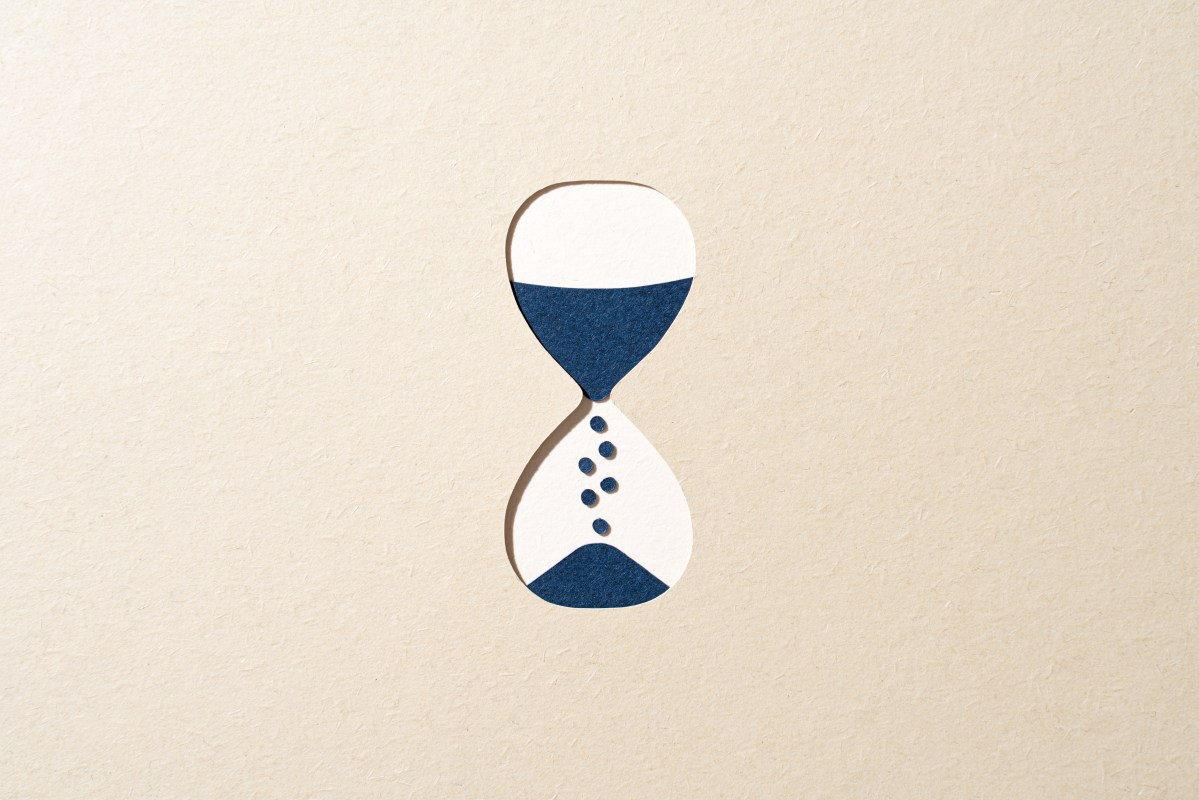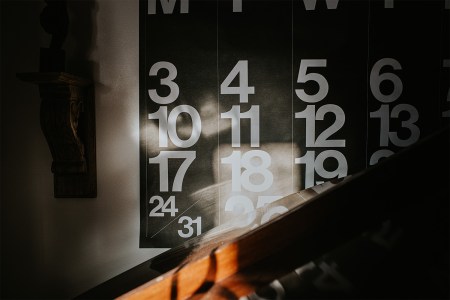Japan’s top exports are tangible things: computer parts, automobiles, electrical machinery. But the nation’s core lifestyle philosophies have had one heck of an impact on the world, too.
Concepts like misogi, ikigai, omoiyari and omotenashi — which champion tenets of purpose, patience and mutual respect — carve a roadmap to a more rewarding life. They’re more than trendy booklets to be purchased at the airport; when applied at a personal level, they can help you improve your relationships, or physical health, or daily workflow.
Omoiyari, for instance, is a reminder “to have sympathy and compassion towards another person.” It’s why Japanese strangers return found wallets at a rate unlike anywhere else in the world, and why Japanese soccer players clean locker rooms before leaving them (sometimes even leaving origami cranes for good measure).
One of the most enduring Japanese lifestyle principle is kaizen. It loosely translates to “change for better,” and here we explain how embracing kaizen could help you achieve your goals — this week, next month and next year.
Why Are People Making 1,000-Day Calendars?
It’s time to start thinking about September 2026. Allow us to explain.Intro to Kaizen
Kaizen has been around for more than a minute. The philosophy was popularized (and written about, lectured on, incorporated, etc.) by Massaki Imai, a businessman who actually passed away this past summer, at the age of 92.
Imai was a successful guy; he went to Tokyo University, worked as an interpreter in the U.S., and eventually established Japan’s leading executive recruiting firm, Cambridge Research Institute, in the early 1960s. He pioneered kaizen in the latter half of the 20th century, as Japan rode a post-World War II wave of industrial growth.
The whole idea is “continuous improvement.” In the capitalist sector — at a company like Toyota, which has embraced kaizen for decades — that means continuous growth. Think: hunt problems, come up with ideas, then test solutions, over and over again, in a clean and organized workplace that prizes service and safety. This improvement is given the space it needs to arrive gradually, teamwork is encouraged, passion for the work (in an ideal scenario) proliferates.
At the Personal Level
Described this way, kaizen sounds like corporate utopia. A pristine decision tree on a whiteboard. But that might make its practical personal applications less obvious than, say, omoiyari. It’s easy enough to return a wallet — but chasing continuous growth might seem daunting and/or exhausting. Why do I have to get better at all times? Isn’t that at odds with latter-day tenets of mental health and self-care?
Not necessarily. Those who’ve embraced kaizen beyond the corporate world have pointed out that at its core, the philosophy isn’t actually asking that much. It’s gentler than it seems. It’s roughly in line with a crucial credo from James Clear’s bestseller Atomic Habits, which asks readers to improve by just 1% each day.
LinkedIn essays can veer ridiculous, as we’ve covered in the past, but there’s an excellent one from four years ago by Eric Platte on this very topic. He’s the Vice President of Global Operations for the Atlanta Hawks, and someone who applies kaizen to his professional practices and personal life, alike. In his post, he connects kaizen to the 4% rule — the fact that a single hour constitutes just 4% of your day.
Kaizen One Hour at a Time
What can you do in an hour? Not much, maybe. Or, alternatively, a lot — if you start to think of each of those hours as serving a larger purpose and a longer journey. It’s scary to set out to achieve something, and to know that the reward (if there even is one) is in the distant future. But making a little time to get better each day is the only way to get better.
Whatever you’re trying to achieve — earning a degree, becoming a better swimmer, putting a down payment on a home — the kaizen mindset suggests you have more time than you think … by making sure you never take time for granted. These goals are harder the longer we delay them. And they’re impossible if you expect them to materialize all at once.
To get started, scrutinize whatever area of your life needs kaizen-level attention. Be brutally honest with yourself. Ask others to do the same. Study experts. Connect with them if you can. None of this is easy. But the gentle/gradual nature of kaizen makes sure you have time to change things, to improve, to grow, if even just an inch (or an hour) at a time.
The Charge will help you move better, think clearer and stay in the game longer. Subscribe to our wellness newsletter today.




















